
- 148 Posts
- 2.94K Comments


They do say it sometimes, like Microsoft admitting defeat on this year’s Call of Duty. It’s not, “We’re going to release a mediocre product,” but when they say, “We hear you, and we’re making changes” or “we’ve made the difficult decision to…” or “we’re trying to stay agile”, that’s usually what it means. Beyond just hyping up their next product, there’s substantive information in here, like engine upgrades, expansion of the studio, reduction in production timelines, the damn genre of the video game (because that wasn’t a foregone conclusion given this series), etc.


I think very little about AI compared to most people, for or against, but it largely seems to me like a solution in search of a problem, and it’s very cult-like how many CEOs get on board with it so quickly despite its very public lack of actually good results. On paper, the way Vincke describes their use of it sounds fine to me, but hopefully he’s not doing something so idiotic as to mandate its usage, as is happening at workplaces for friends of mine right now.


Much less is determined by engine than the average person thinks. Andromeda wasn’t a new engine; it was an engine that was made to make Battlefield games that then had to be used to make action RPGs and racing games after the fact. Capcom made an engine for the games they had in mind 10 years ago, and it’s fantastic at Resident Evil, Devil May Cry, and even serving as an emulation wrapper, but it’s showing cracks under the support for open world games that they added more recently. Larian’s engine is made to support the systems driven RPGs they conceptualized in the early 2010s, and there’s little chance some other engine will do it just as well or better without plenty of custom code anyway. Ask Digital Foundry about all of the “optimization” Unreal 5 has done for developers already.


They said very little about what that new engine entails, but much like Starfield, I suspect it’s largely reusing their old engine and only remaking select parts of it. Larian is doing something in the RPG space that, to me, makes nearly all of their competitors feel outdated, and it makes sense to me to make their own engine to do that as efficiently as possible. To make one of their games in an off the shelf engine like Unreal, with all of the bespoke physics objects and the ways every entity interacts with spells, elements, and other effects, could easily result in huge performance costs above and beyond what we saw in Act 3 of BG3.
This series is pretty crazy to play through back to back, because they have to escalate so many times.
Borderlands 1 has the flattest progression curve of the series, and I say that in a good way. I very much prefer flatter progression curves in RPGs, or loot games in this case. It solves a lot of problems with scaling difficulty, eliminating grind, and so on. That said, this is the only game in the series that checks this box. This one sticks fairly close to its North star of Halo meets Mad Max; the premise is simple and it works. I played Roland, because the turret seemed to be helpful when playing solo.
Borderlands 2 is where it finds its identity that it’s known for; actually, they sort of found that identity in the DLC for the first game, but here the characters get much talkier. It comes with a major upgrade in game feel and pacing.
The Pre-Sequel is the blandest of the series by far. The characters are boring, and the elements they use to spice up the formula are not very spicy. The boss fights are well designed though, even in a way that gives it something it does better than 2. But something else interesting happens in this game. I played the class where you get a little drone that comes along and marks targets. Later up the skill tree, this gives you access to a little mini game of killing the guys that you marked to extend the timer of your active ability, plus one or two other gimmicks that create a positive feedback loop. This makes the moment to moment decision making far more interesting in a fight, but it’s a shame how boring a lot of the game can be otherwise.
Tales from the Borderlands is probably the only truly standout writing in the series.
Borderlands 3 is one I seemingly enjoy more than most people. The villains are terrible, I’m sure we all agree, but what’s important to me about the writing in this series is that it has personality more than anything else. I’m not really expecting to hear a ton of great jokes, though I’ll admit I consider the part with Ice T in the body of a teddy bear to be pretty damn funny. The mini game that I noticed in Pre-Sequel that creates a positive feedback loop? It’s kicked into overdrive here. Building out my skill tree is so much better and more interesting than in its predecessors, and there’s yet another major upgrade to game feel over 2 and Pre-Sequel. The decision making in each fight is all about that feedback loop rather than just mindlessly shooting until health bars deplete. I really enjoyed this game. I’m somewhat new to the loot game genre in general, but I have finished Titan Quest before this series, and this positive feedback loop seems to be a relatively recent innovation in the genre; maybe around Diablo 3? I took a brief walk through some other games and couldn’t find anything like it.
New Tales from the Borderlands should have been thrown right in the garbage. It is the worst writing in the series by far.
Borderlands 4, I have yet to finish, but I’m probably 3/4 of the way through, and this time I’ve got a co-op partner. It stands on the shoulders of all the improvements in 3 and adds some new movement stuff as well as some subtle changes to the general design of classes. I once again play a gadget class, but even though my class was functionally nerfed, the way they did it made it more interesting to play. Even with a performance patch, the game still runs pretty shit, but I’m having a good time. The open world may actually be a detriment compared to the old way the game did things, but not so much that it’s a huge drag.
If I’m picking favorites, at this point, it’s a tough call between 3 and 4.
There are too many games I want to play and not enough time to play them, and with a programming background, I decided to basically use Agile methodology to schedule which games I can reasonably finish in a given month. I’ve been tracking my completion times and comparing against How Long To Beat to get good ballpark estimates. This year, I’ve beaten 30 games, 15 of which came out in 2025, and I think I can beat 3 more before the year is done. When a new game comes out, I don’t like to play it unless I’ve played the earlier / mainline / canon entries in the series, so not only did I play Borderlands 4, I played through 1-3, the Tales games, and the Pre-Sequel. I played through the first three Mafia games and intend to play The Old Country once the Steam sale starts. I played not only Kingdom Come: Deliverance II but also its predecessor.
Speaking of KC:D2, that’s the best game I played this year, by quite a margin. Obsidian put out two great games this year in Avowed and The Outer Worlds 2, but despite obviously sharing a lot of the same bones, they deliver quite different experiences. Dispatch was a treat. Split Fiction was what I wanted as an iteration on It Takes Two. Borderlands 4 continues what Borderlands 3 set up in making its systems fun for math nerds. Clair Obscur: Expedition 33 was fun and novel in so many ways, and I love the story behind its development; I do wish that I loved the execution of its story more, and I wish the combat wasn’t so feast or famine, but those things didn’t seem to bother most people. The Alters might be the most slept on game in 2025 relative to its quality; seriously, it’s a great story, and it’s nice to see that level of presentation in a game of its scope and genre. (A lot of Unreal 5 games in that list…)
I have now caught up to where the show left off, and I’ll probably pick up the comics during an imminent sale somewhere. I did hear that this game would have an original story, and given all the deconstruction of its genre that that show does, it gets me excited that they’re doing something similar for tag fighting games. A riff on Storm from Marvel vs Capcom 2 would be perfect for that.
Hundreds of people worked on that game, as many as some AAA games, and yet games like Blue Prince, from a solo developer (or very close to it?) had to compete against that?
Moby Games lists 121 people in the credits for Blue Prince and 416 for Clair Obscur. At some point, the number of people who worked on a game is nearly arbitrary once your publisher enlists a QA contractor or starts localizing to more languages. I don’t think it’s ever been murkier territory to try to classify a game as indie.
Wuthering Waves should not be surprising. It’s a game that’s popular in China. If you’re polling people from all over the world to determine a winner, the one that wins is the most popular game in China.
Clair Obscur is a good game, but I definitely like it far less than everyone else, and if I were god of video game awards, it would have gone to Kingdom Come: Deliverance II this year.
Fatal Fury winning best fighting game was the objectively correct choice when faced against an early access game and several collections.
The Alters losing out to a port of a PS1 game, even a spruced up one, for the strategy category is pretty stupid. The Alters also should have shown up in narrative and performance.
As for reveals, there’s lots to be excited for. My most anticipated game for next year is probably Invincible Vs; I have not seen Ella Mental at where I’m at in the show, and maybe she won’t show up until later seasons, but she looks like a great Storm archetype for that game.


Indie games have to launch on steam or they fail miserably. Seriously though. This is why I roll my eyes at people who claim steam makes it breaks these games.
Those two things aren’t opposed though. Launching on Steam doesn’t guarantee success, but I believe what they’re claiming is that not launching on Steam more or less guarantees its failure.


What you need to do in that case is be prepared for lots of smaller games to not hit, and then eventually one will that will make up for all the experiments you did along the way. That’s how they and their peers used to operate before they all tripled down on those big hits and stopped making new IPs.

 English
English- •
- www.nytimes.com
- •
- 6d
- •


Larian’s next game is the teased statue that Keighley tweeted, so they’ll have something to announce tonight. The only thing they said it isn’t is Divinity: Original Sin 3, but it could be a different Divinity RPG, or a looter like the old-school Divinities, or a new Dragon Commander, or a new spin-off entirely. They’re also a multi-project studio now.


Well, you said those were the only AAA devs that weren’t making money printing skinner boxes, and we had plenty of counter examples just this year. Obsidian put out 2 or 3 games this year, depending on how you count, and it wouldn’t be crazy for them to have an announcement for a game coming next year.
Absolutely give those two games a try; they’re high on the TGA’s lists for a reason.


I guess that depends on where your cutoff is for AAA, but if you’re including FromSoft, Kingdom Come: Deliverance II just came out this year at a similar level of budget and production value. And I know people have their issues with Unreal, but it really has raised the bar for what a “AA” might be capable of. The likes of Avowed, The Outer Worlds 2, The Alters, Split Fiction, and Clair Obscur: Expedition 33 this year (and games like The Thaumaturge last year) are all what we would have expected out of a AAA game in the not-too-distant past, most of which comes down to scope, where a lot of AAAs are arguably doing too much.
If you want to know if this YouTube channel is of any value whatsoever, click on the channel, then click on videos, and take a look at every video thumbnail and title, and you’ll have your answer. Believe me when I say that I’ll be happy if Nintendo faces financial consequences for some of the things they’ve done in the market, but all this data proves is that PS5 had a large discount and Switch 2 did not.

 English
English- •
- evo.gg
- •
- 7d
- •

 English
English- •
- www.gamesindustry.biz
- •
- 13d
- •

 English
English- •
- www.bloomberg.com
- •
- 15d
- •

 English
English- •
- thisweekinvideogames.com
- •
- 23d
- •

 English
English- •
- www.bloomberg.com
- •
- 1M
- •

 English
English- •
- thegamepost.com
- •
- 1M
- •

 English
English- •
- store.steampowered.com
- •
- 1M
- •

 English
English- •
- www.bloomberg.com
- •
- 1M
- •

 English
English- •
- www.youtube.com
- •
- 1M
- •

 English
English- •
- www.gamingonlinux.com
- •
- 2M
- •

 English
English- •
- www.gamedeveloper.com
- •
- 2M
- •

 English
English- •
- www.videogameschronicle.com
- •
- 2M
- •

 English
English- •
- www.theverge.com
- •
- 2M
- •

 English
English- •
- www.youtube.com
- •
- 2M
- •

 English
English- •
- www.gamefile.news
- •
- 2M
- •

 English
English- •
- bsky.app
- •
- 2M
- •

 English
English- •
- www.youtube.com
- •
- 2M
- •

 English
English- •
- news.xbox.com
- •
- 3M
- •

 English
English- •
- bsky.app
- •
- 3M
- •

 English
English- •
- www.reuters.com
- •
- 3M
- •

 English
English- •
- www.bloomberg.com
- •
- 3M
- •

 English
English- •
- 3M
- •

 English
English- •
- www.youtube.com
- •
- 3M
- •

 English
English- •
- www.gamingonlinux.com
- •
- 3M
- •

 English
English- •
- www.youtube.com
- •
- 3M
- •

 English
English- •
- www.bloomberg.com
- •
- 3M
- •

 English
English- •
- www.youtube.com
- •
- 4M
- •

 English
English- •
- www.videogameschronicle.com
- •
- 4M
- •

 English
English- •
- www.gamesindustry.biz
- •
- 4M
- •
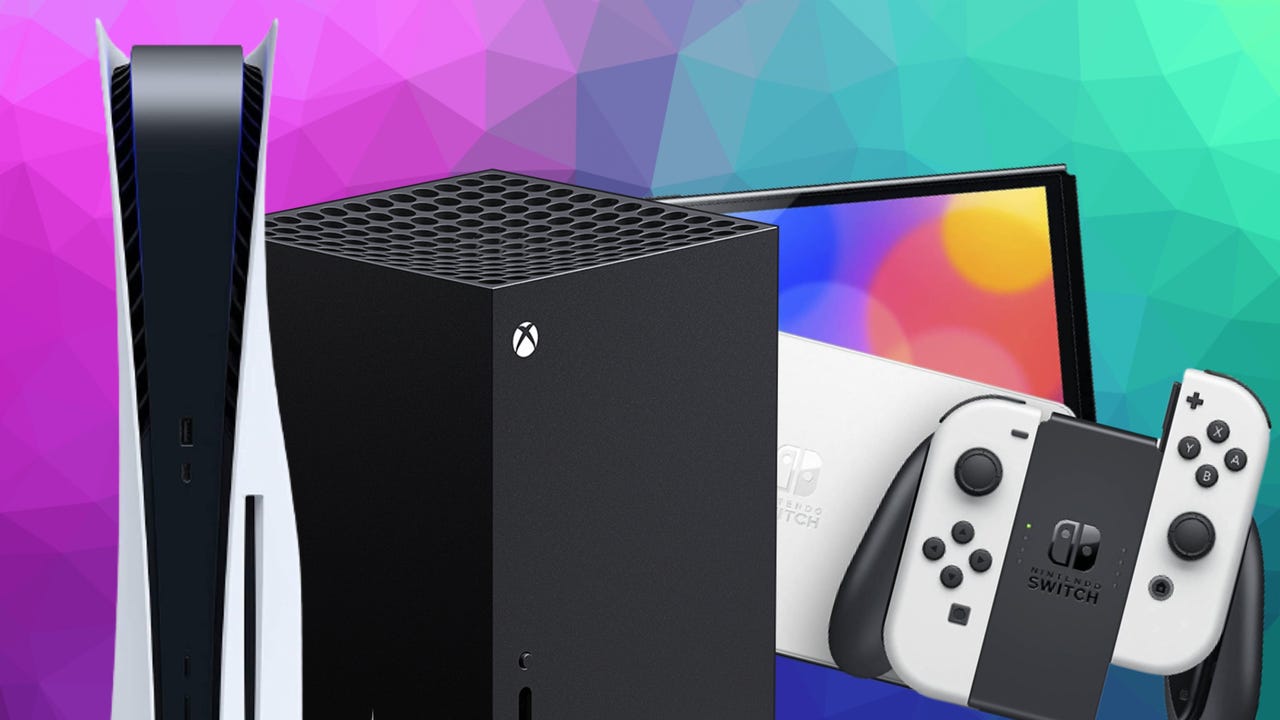
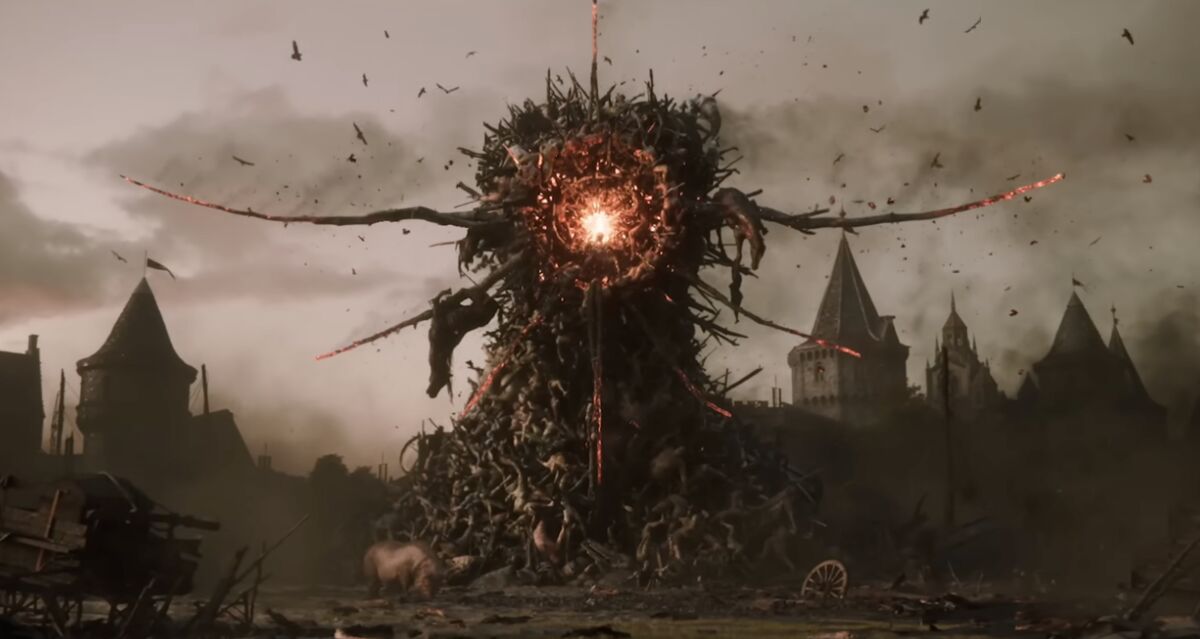
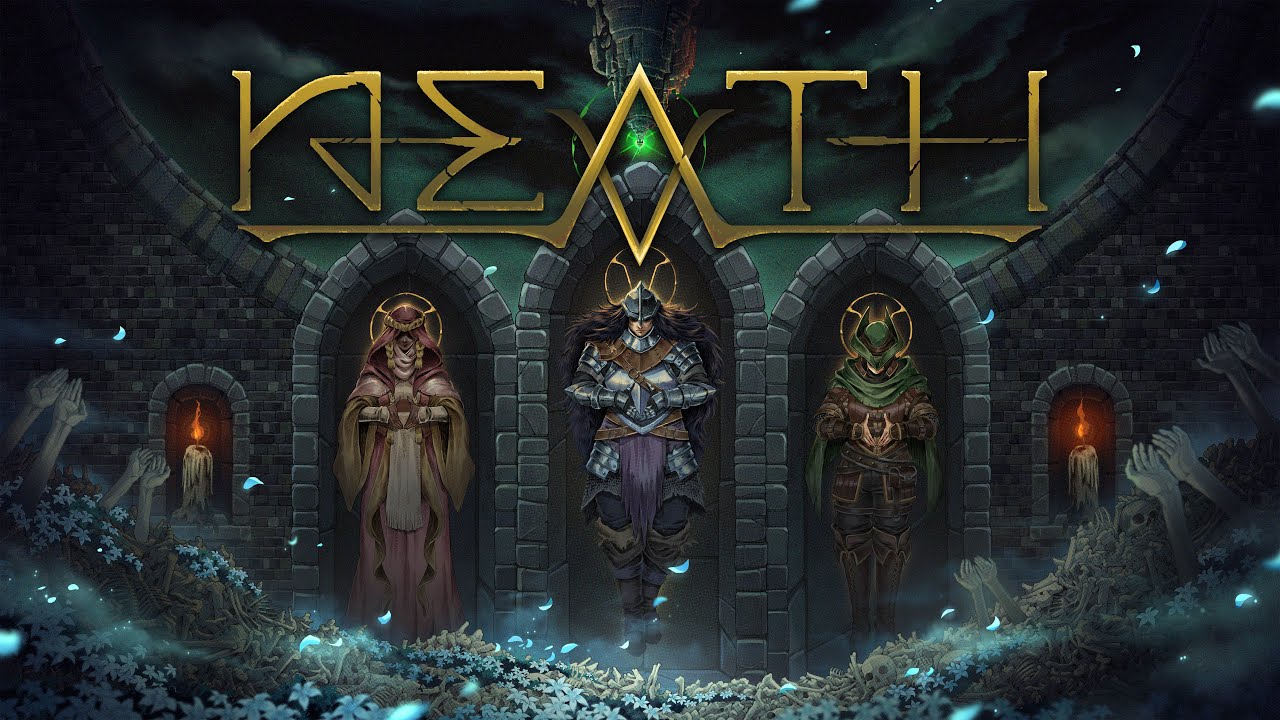







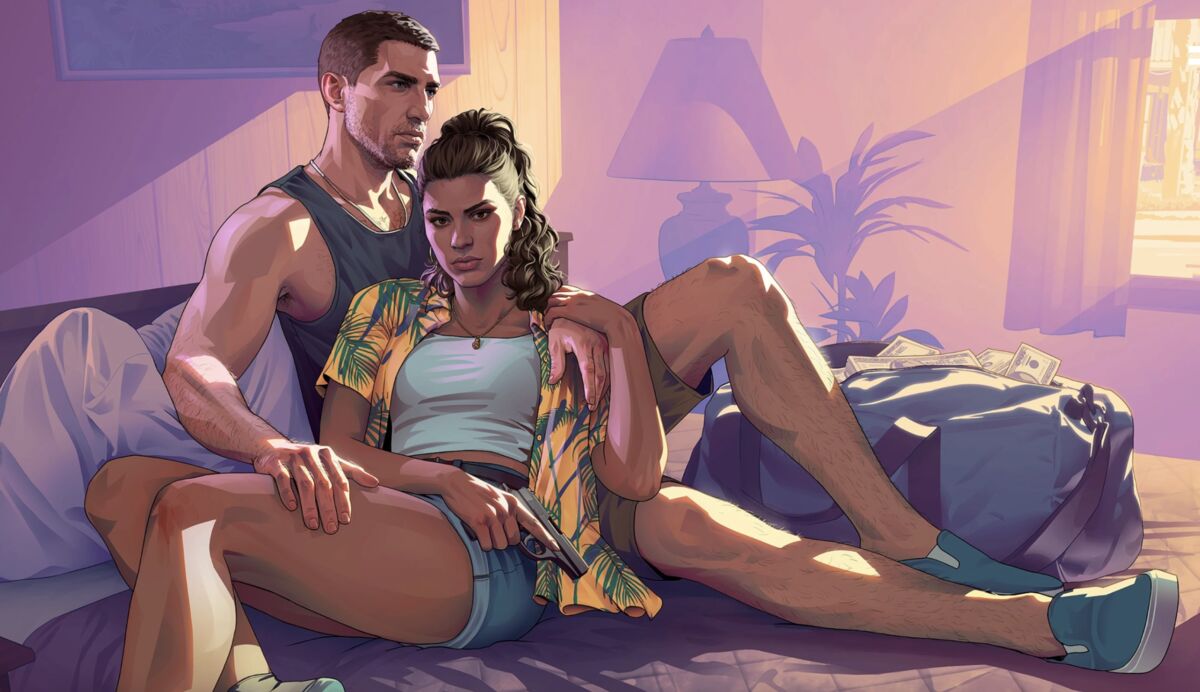
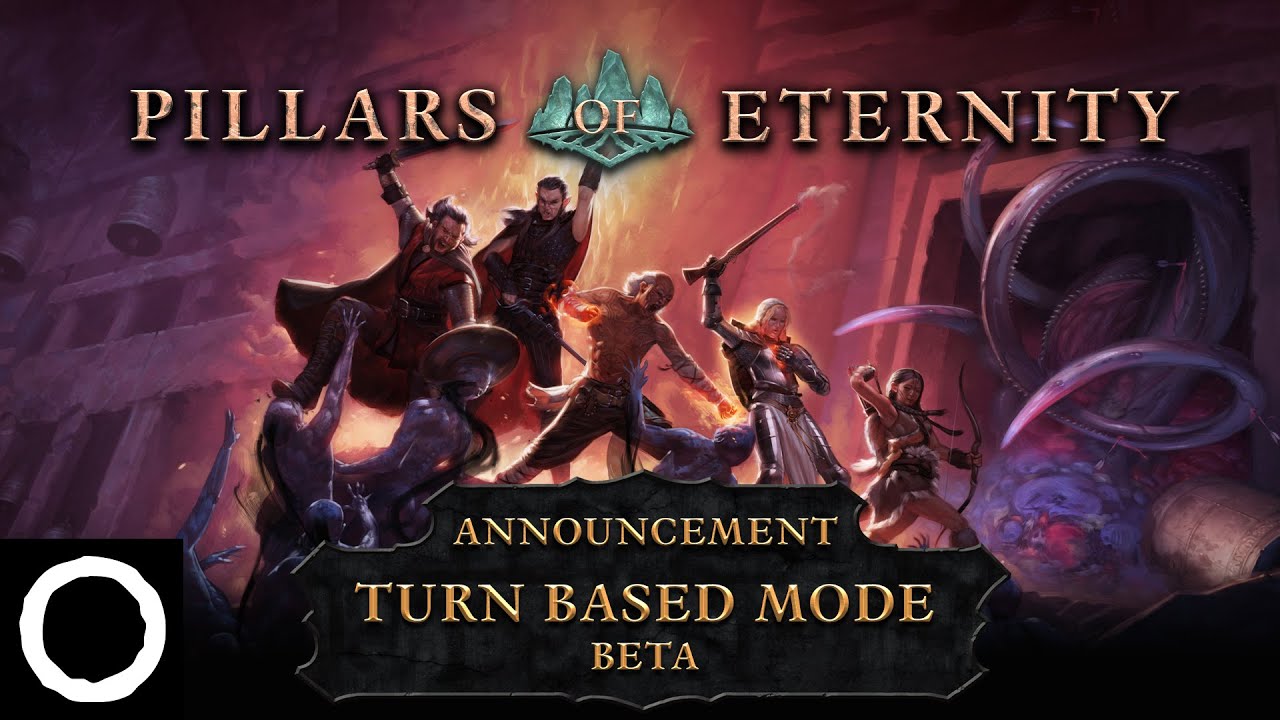


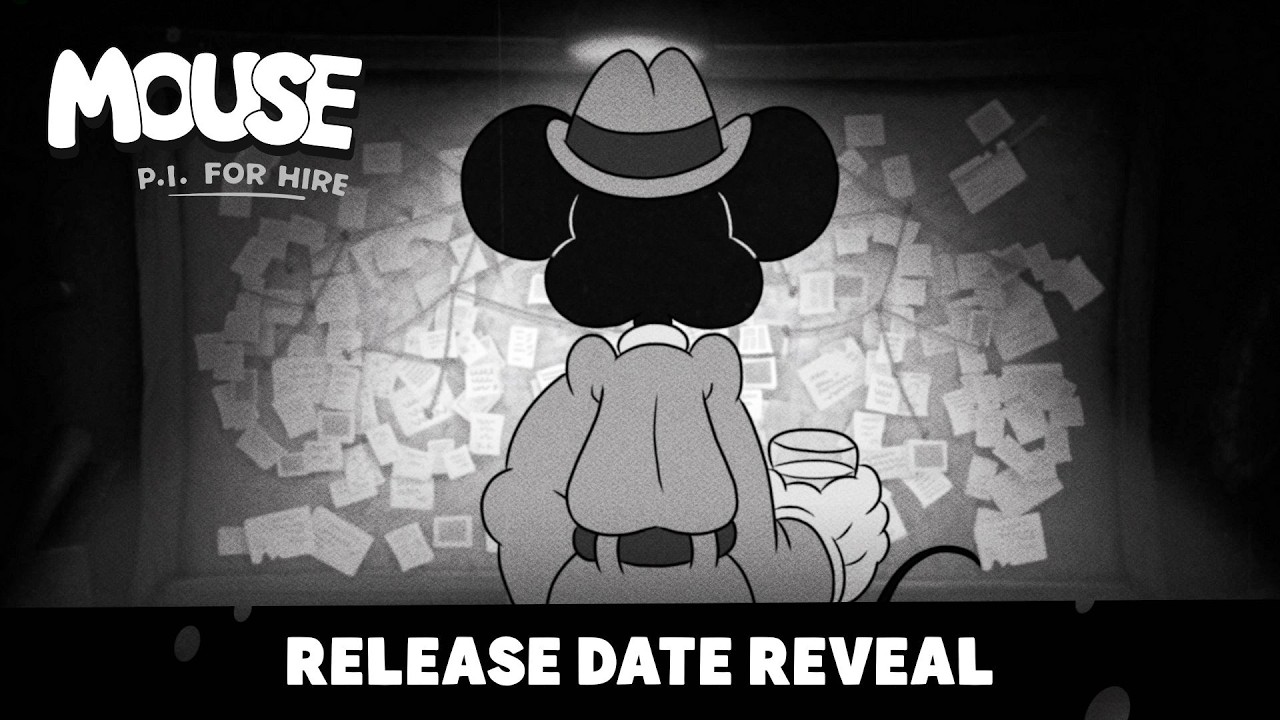
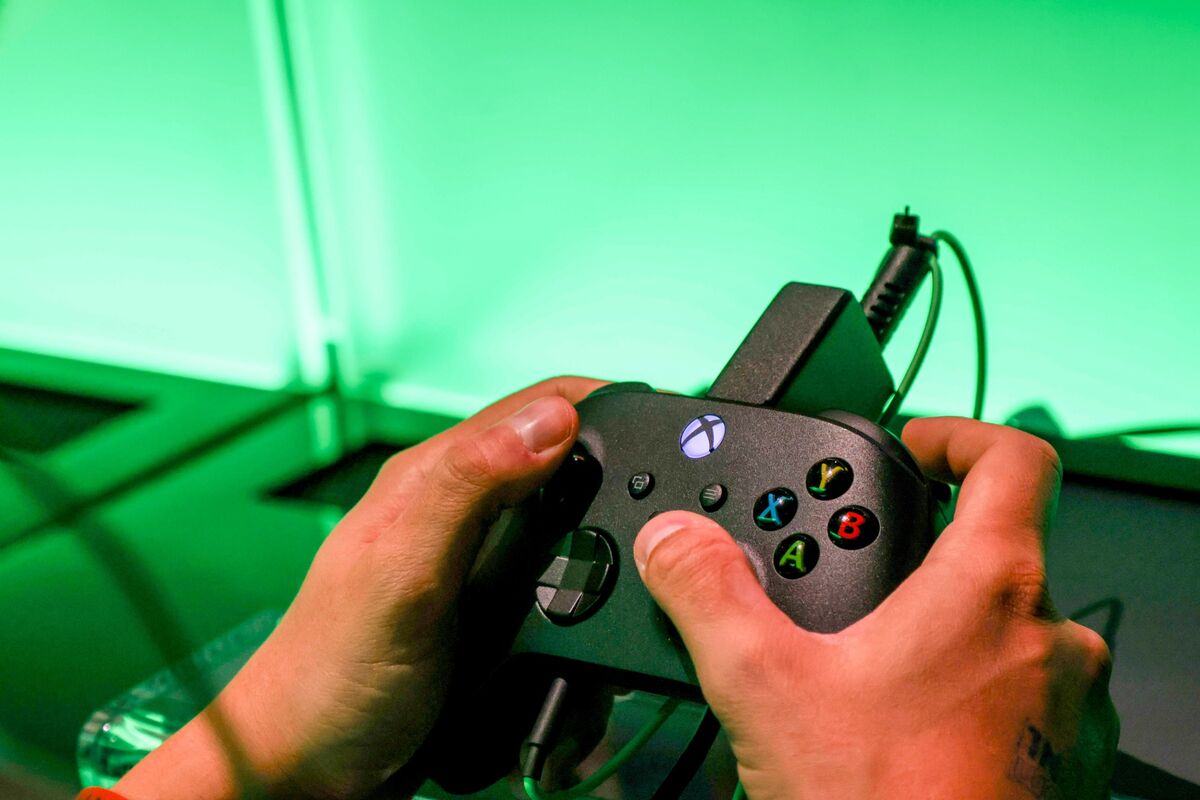



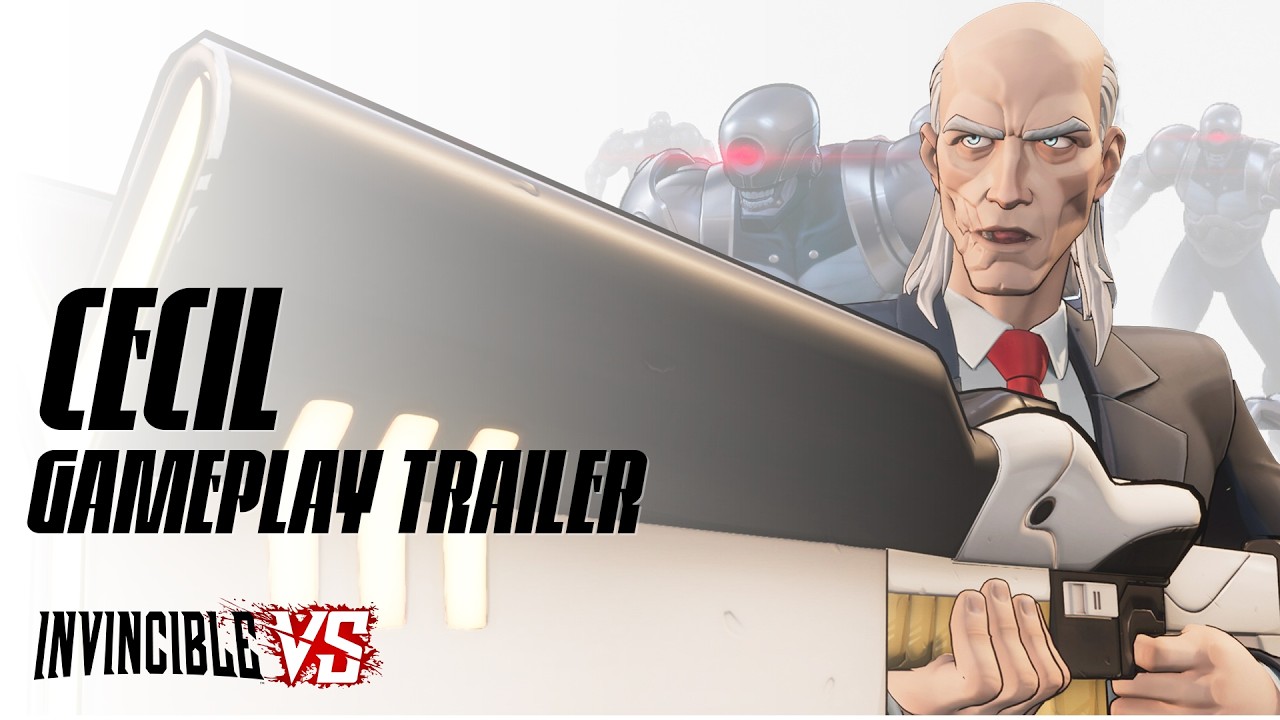


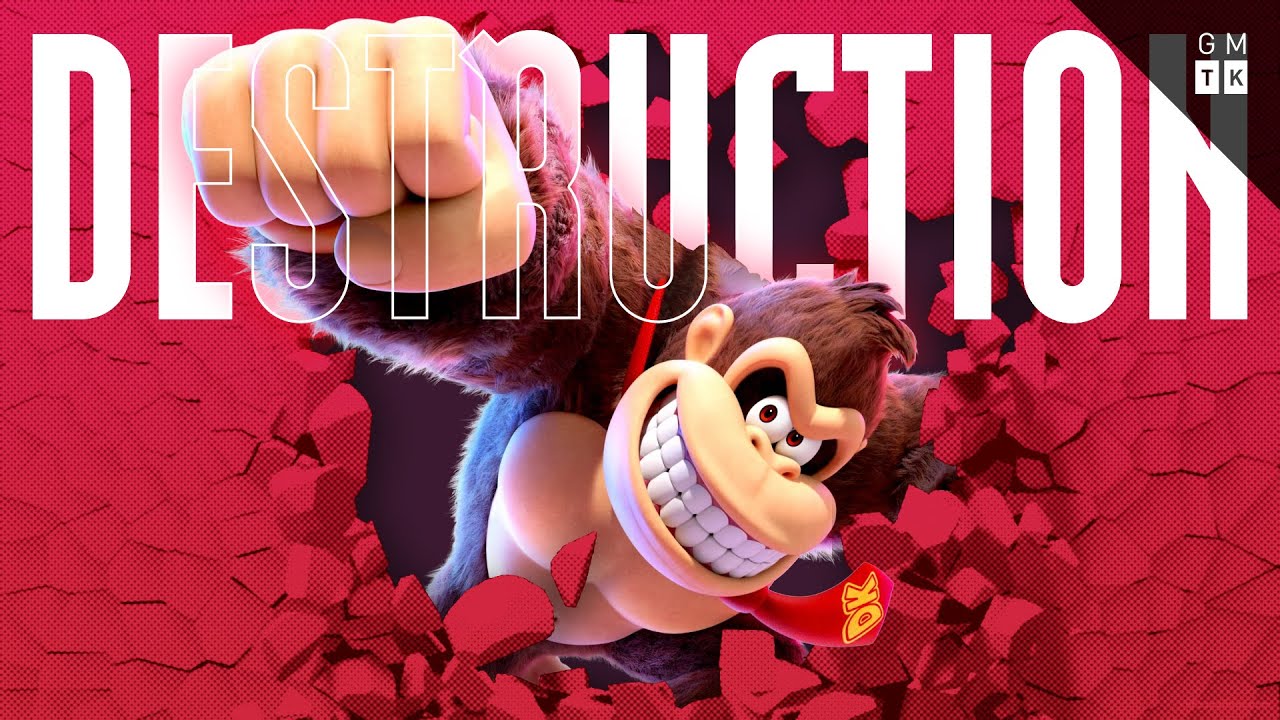











There is no digital store for DRM-free digital movies and TV shows, and I hate it. Hollywood’s crying about the implosion of its industry, but they’ve operated as a cartel that stands in the way of stuff like this for a long time.